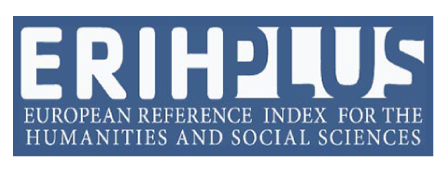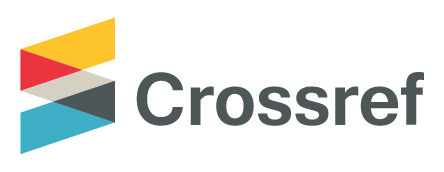Identifying an Efficiency Productivity Model for Faculties with DEA Benchmarking Technique
DOI:
https://doi.org/10.53615/2232-5697.11.57-70Keywords:
University management, target setting, benchmarking, decision analysis, performance evaluation, cluster analysis, data envelopment analysisAbstract
Purpose: Many universities in Thailand aim to raise their ranking; thus, university administrators set the target outputs for their institutions. However, the university-level targets may differ from those at the faculty levels because the inherent nature of academic fields and faculty capacity to produce outputs may not be considered. Therefore, we propose a model to determine possible target values for faculty outputs with weak efficiency by benchmarking the university under study with one of the leading universities in Thailand. As a result, the evidence-based target values allow inefficient faculties to know what outputs they need to improve under the assumption that "if each faculty improves their productivity to reach a target value, the university can rank higher." This can lead to a more realistic and achievable target instead of a single target across all faculties.
Study design/methodology/approach: Due to inherent differences among faculties, they are clustered by subject areas with the hierarchical cluster analysis to reduce bias. Then an efficiency score of each faculty is computed via the Data Envelopment Analysis.
Findings: The faculties of the university under study are clustered into three subject areas: 1) agricultural science and technology management, 2) engineering and ecology, and 3) social sciences and humanities. The DEA technique provides the slack values to be used in target settings that mitigate the bias from different capabilities on producing outputs across subject areas. For the faculties in agricultural science and technology management, social sciences, and humanities, the inadequacy of performed research and teaching operations are essential indicators, i.e., the percentage of the sum of slack values in both aspects is more than 80%. In engineering and ecology, the essential indicators (i.e., the percentage of the sum of slack values in both aspects is 91.10%) are related to teaching and international outlook operations. However, the teaching operation is the most critical aspect (i.e., the maximum value of the percentage sum of each subject area's slack values is 42.23%) that all subject areas should be focused on for improvement.
Originality/value: Our approach can provide a quantitative decision support tool that allows university administrators to set realistic operational policies according to evidence-based target values tailored for each subject area.
Downloads
Downloads
Published
License
Copyright (c) 2022 Sasarose Jaijit, Punpiti Piamsa-nga , Nalina Phisanbut, Juta Pichitlamken

This work is licensed under a Creative Commons Attribution-ShareAlike 4.0 International License.















